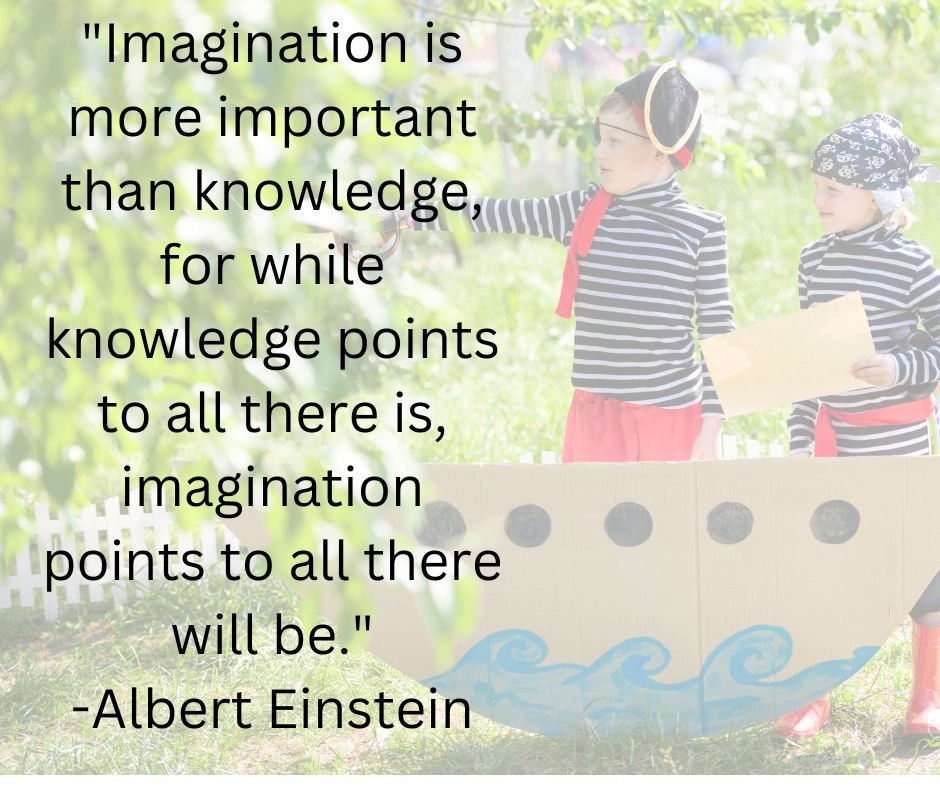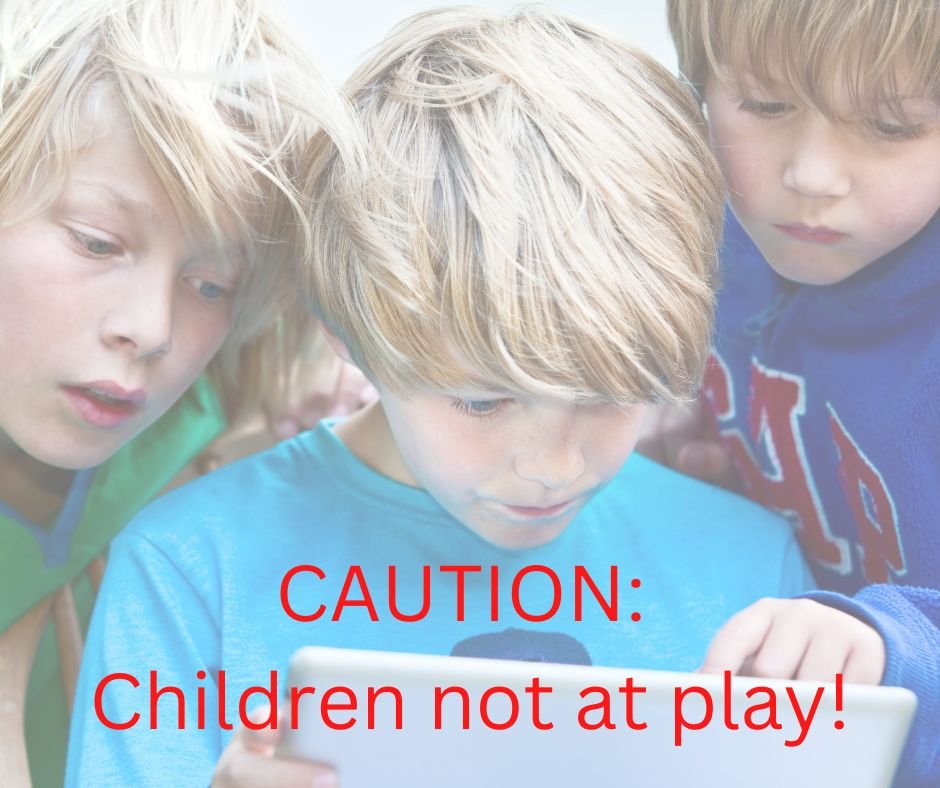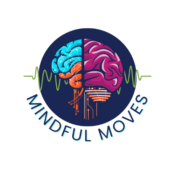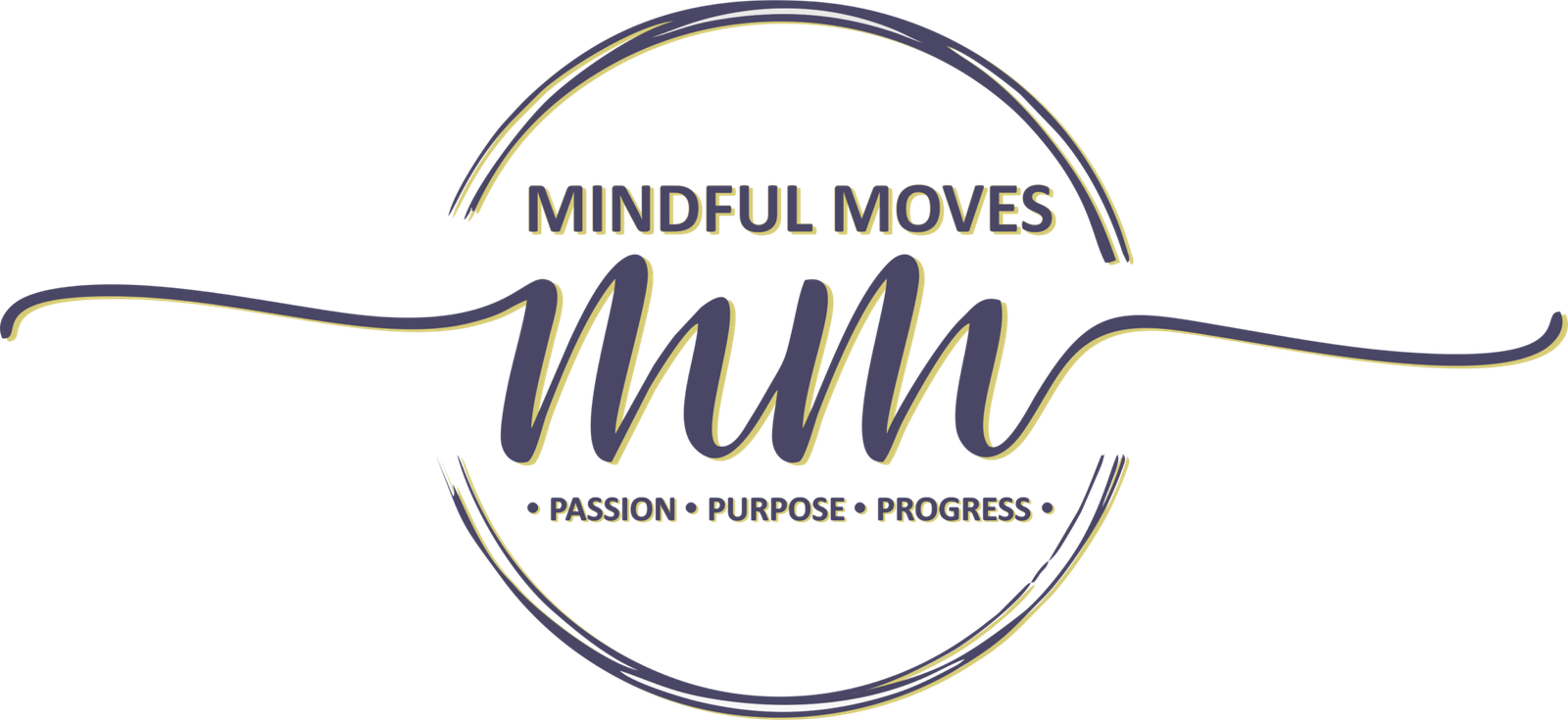
Break detention.
Many a frustrated teacher has threatened break detention without considering the damaging affects withholding movement from children has.
While as teachers, we may understand that children need to eat and go to the toilet, some are yet to realise that keeping children in at break affects not only their behaviour in a negative way, but their ability to concentrate and apply themselves in the following lessons.
In order to understand that such punishment could be considered as outright abuse, one must first understand how movement equates to learning and a more positive attitude towards school.
Movement and the child.
Moving is not only a life process, but without it, learning can’t happen. Because we naturally move and interact with the world around us, sitting still for long periods of time is seen by the body as a stressor. This is even more true for right-brained children as well as children who have a kinaesthetic learning style. Learning with ‘eyes and ears forward’ is in contrast to their natural learning style. These children then present with a shorter attention span, needing to move more frequently so that they can sit still ‘to learn’ again.

Research on movement and the brain.
The above are some of the results of an experiment done by Dr Chuck Hillman from the University of Illinois. Dr Hillman tested 20 students sitting still and then after having walked for 20 minutes. The MRIs were done to demonstrate the effects of movement or exercise on the brain in response to American schools wishing to cut breaks and Physical Education in schools.
As a Movement Facilitator and Educational Kinesiologist and trainer, I use the above scans to show my clients what a Learning Profile would look like if we could see into the brain. A Learning Profile is a representation of how each child learns under stress (the stress as shown above, sitting still). When we learn under stress, each of our brains will organise itself, redirecting electro-chemical activity according to its favoured brain hemisphere, and sensory organs. It chooses a leading eye, hand, ear and foot. Depending on which the mind/body system chooses, a learner will be limited to different degrees.
Even the academic/visual learner, is at a disadvantage trying harder, without comprehension, without feeling or access to emotion and creativity.

Why is break detention punishment rather than discipline?
Now let’s consider how break detention is a form of punishment adding stress and heightened emotion to the mix (as it’s usually in this scenario that a teacher dishes out the otherwise unreasonable punishment). Usually, break detention is given to an entire class as they are kept in due to the few who were “naughty.”
In such a case, most children are victims being punished for something that is not their fault and out of their control- the behaviour of others. For these children, anxiety goes through the roof and pushes them even further into their Learning Profile.
Unable to focus, perceive what they see, communicate, listen and move forward they cannot take in any information. The only way these can activate their brain once more is through movement, which they are denied.
Break Detention and the “naughty” child.
In other cases, the “culprits” are punished by being kept in, even when it is not a part of school disciplinary policy. Transgressions are usually talking in class, moving around, distracting other learners, not finishing their work. While there are many reasons for poor behaviour which we cover in our Workshop “Unpacking Behaviour- 10 SACE Points”, let’s just look at a few…
The chatterbox.
Many children need to talk to process their new concepts. Understanding the different Learning Profiles, will allow you to identify who these children are. They are usually auditory learners who need to stimulate the auditory system when bored. When what is being said or the lesson does not do this for them, they begin to chat, hum, talk to themselves or sing. Some children who struggle with anxiety may also hum, in order to drown out external noise.
The child who is looking around.
These children are our visual learners. They are able to often sit still in lessons but look around when they are not getting enough visual stimulation. They might get into trouble for “not paying attention.”
The moving child.
Kinaesthetic learners are the worst off, being made to sit still for hours on end, when the learn through movement and hands on experience. This means that they have the shortest attention span! One might question if they are able to learn at all as they are made to sit still.
The impulsive or aggressive child that wriggles and back chats.
Many behaviours are linked with active primitive reflexes that have not integrated as the child did not move enough for the body to understand that it needs to inhibit these. These include behaviours such as:
- Withdrawal
- Mutism
- Impulsive behaviour
- Acting Out
- Aggression
- Back Chatting
- Lack of Concentration
- Lack of Motivation
- Lack of Stamina
- Poor self-esteem … and more
Movement helps integrate these and when they are present, we can see behaviours as a result of sensory seeking or sensory avoidance.
Punishment is fear based and requires that children be afraid.
As with all punishments, break detention focuses on the transgression and aims to take something away from the child. Punishment only works as long as the child is afraid of the consequences. For this reason, the teacher who threatens break detention, usually finds themself threatening more and more of it. It simply doesn’t work. When children see that the punishment is worth the “crime” it loses its power.
Sadly, unhappy children with poor self-esteem, feel sitting in at break is worth making a teacher’s life difficult. The only children this affects are the children that still respect the teacher and don’t want to see her angry. However, when they are continually punished for others, they begin to lose respect for the teacher.
This is a dangerous game to play as teachers who are meant to develop a healthy teacher-learner relationship of trust and safety, conducive to learning!
Better classroom management.
As teachers we need to manage our class. The easiest way is to get children to shut up and look forward, however, one should never mistake a quiet class, for a learning class. Just like trust and respect, a teacher cannot force a child to learn. Learning happens when a child feels safe when they are curious about what is taking place. Einstein himself attributed his achievements and intellect to being passionately curious.
Classroom management has to do with noticing behaviours, understanding what they indicate and then drawing the children out of their own inner worlds into yours. Where the curriculum is the content, the classroom space is the context. Many teachers know their subjects so well, having taught it for more than one year. Lesson preparation then going forward, should involve looking at way to present it in an exciting way that encourages learner participation. The lesson should excite all senses, let learners speak about the concepts, bring in videos and pictures for the visual learners and allow for hands on work that encourages movement of the whole body where possible.

Break is a vital for a child’s health.
Breaks offer students the opportunity to be outside in the sunlight. This is very important for the release of dopamine and doctors also advice at least 15 minutes a day in order to get in much needed vitamin D which also helps curb anxiety and depression.
Dopamine is also released during play which leads to nerve net development and alignment all over the brain.
Break is important for children to develop social skills.
It is during free play and time spent with children their own age, that children learn how to fit in to society. They learn about what is acceptable in the community the children find themselves in at school. For this reason, break is equally important as the learning curriculum as children are learning life skills that can’t be developed in isolation.
Break allows for children to connect with others in healthy ways as opposed to over screens and social media.
Break allows for movement and play.
Getting out, talking with friends and moving allows children to ‘reset’ before the next lessons so that they can once again apply themselves in the lesson. As mentioned, movement is the single best way to shift a child from their Learning Profile to whole brain thinking. As we look at the picture below again, it is important to note that the colours orange and red, indicate the areas with the most brain activity.

Teachers need the break!
Likewise, teachers go into their profile, teaching under stress. Their focus and patience deteriorate during the lessons and is possibly a contributing factor to such outrageous punishments. Teachers who teach from their profile, often will do so in the learning style they prefer and forget to incorporate other learning styles. The classroom space moves from inclusive to exclusive when this happens.
Depending on their profile, teachers can either become intense and result driven as they detach from emotion or overwhelmed and then act impulsively without thinking. They too need to walk to the staff room in order to reset and move out of their profile so that they can bring their best to subsequent lessons.
Movement and brain development.
Learning proceeds as we interact with the world. When we experience things through movement and sensory input neurons form extensions called dendrites to other neurons. As they connect with other neurons, they form groups through which they communicate and create pathways developing into “superhighways” with constant use. These allows for easy access so that we can interact with the world.
According to Carla Hannaford (Smart Moves- Why Learning is Not All in the Head), “Neurons with the most connections, an average of 300 000, are located in the cerebellum, the primary movement centre of the brain, again pointing to the importance of movement and experience to learning.”
She further states that it is essential to the learning process to allow children to explore every aspect of movement and balance in their environment.
The playground is an outdoor classroom!
Play and learning.
When children play, they are integrating reflexes, strengthening their gross motor muscles which will improve muscle tone. With this in place, movements can become coordinated movement patterns, which will allow for fine motor muscles to develop. Swinging on the monkey bar is so beneficial in developing the shoulder girdle and hand for writing!
Playing ball games develops the hand and eye coordination needed for reading and writing. Being outside further allows children to use far vision, relax the eyes and strengthen them for board reading.
Moving through actual space, they can develop laterality and a spatial orientation. All skills needed for academic success!
Connecting through Touch.
Touch is something else that happens on the playground. Touch helps stimulate the growth of receptors in the skin. With a great amount of sensory and motor cortices in the brain which are involved with our hands, we understand that the hand shapes our cognitive, emotional, linguistic and psychological development. When babies are touched along the back, arms, hands feet and face, stimulates growth of the sensory nerve endings involved in motor movements, spatial orientation, visual perception and the stress response. (Carla Hannaford Ph.D. Smart Moves).

Play allows for imagination.
It is on the playground, that children can create their own worlds and even process things through play that they might be dealing with. We spend a great deal of time researching play therapy and the like and then seem to completely disregard its importance at school. When children truly play, their emotions are allowed to surface in a safe way that insures them a richly motivated life.
Dr Paul Maclean links the process of imaginative development to not only the development of play but to creativity and high-level reasoning.
Children don’t move or play anywhere else.
Children do not move and play as they need to in order to develop the brain for academic success. Sadly, for many, the school playground is the only place where children can play. Living in this modern world, many children do not have access to playgrounds and parks. They are quickly directed to the closest screen when and if homework – which cuts into their decreasing free time – is finished.
Occupational therapists and the like are seeing a “tsunami” of patients, not only increasing in number, but also in learning difficulties. These changes have been noted post covid, where children’s movement, play, connection and touch were restricted. They along with Movement Facilitators are doing their level best to bring in the movements that were lacking during these important developmental times in children’s lives.
Lack of movement means developmental delays.
Because movements are part of developmental milestones that ready a child for school, many have noticed that children are not only two years behind, but rather years behind as children struggle to catch up on their development over and above learning curriculum. Falling behind in curriculum is one thing but having developmental delays is another. Many schools still do not understand the place movement and play has in academic and emotional growth. Many Movement Facilitators and the like have been left feeling helpless where schools are reluctant to bring in intense movement programs.

Punishment cannot affect a child’s capacity to learn!
When asking the Equal Education Law Centre (EELC) there view on this matter, it was made very clear that schools cannot implement policies absent from their disciplinary policies. Furthermore, any disciplinary action that affects the child’s ability to learn, cannot be allowed. They directed us to the Department of Basic Education’s website to consider the school safety framework, “Positive Discipline and Classroom Management.”
Because withholding movement and play affects children, emotionally, physically and cognitively, it becomes one that should be avoided at all costs.
So how do we discipline children?
All schools have a disciplinary system, that was put together when teachers and stakeholders where calm. Rational consequences were thought out in line with the South African Schools Act. Many such policies include tracking systems, demerits which when a certain number is accumulated results in an after-school detention.
Detentions held after schooling hours, mean that a child will not be required to learn in the classroom after this session and so such action is not as damaging as a detention during school hours. For this reason, it is seen as s disciplinary process as opposed to punishment.
Give attention to what you want more of!
I believe that whatever you water, grows! When you feed negative behaviour with attention, one will most likely see more negative behaviour. I am always amused when the code of conduct is sent home for parents and learners to sign, but never the reward policy. Bad behaviour is planned for ahead of time.
Furthermore, reward policies usually only praising excellence, resulting is a system conducive to completion and jealously, leaving others to feel overlooked and less than. Schools who reward perseverance, diligence, kindness, consider a personality of the week certificate, the most improved and see that behaviour grow.
Catch children being good!
Carla Hannaford wrote about a Canadian elementary school in her Smart Moves book. She shares about teachers who did an experiment focusing on children who didn’t hand in their homework. Five times a day they would catch the child ‘being good’. When this happened, they would touch them on the shoulder in a caring manner while saying, ‘I appreciate your doing your work.’ When these children were acting up, the teachers would ignore the behaviour. These teachers reported that in all cases within two weeks, each of these students were not only handing in their homework, but behaving in the classroom.
There is a better way!
If perhaps you are feeling overwhelmed and frustrated, be sure to know that there is a better way and as teachers, it is our responsibility to find it! We have chosen a career in protecting, nurturing and developing children and if we don’t help them, chances are no one else will!
Courses and workshops.
One of the ways in which we do our best to support teachers is to train them up so that they can bring movement to the classroom as they learn to understand children’s behaviour and thinking. Profile sessions allow teachers, learners and parents to understand how each child thinks and behaves and what they need.
Our courses and workshop share strategies and interventions to use in the classroom space so that children may develop and experience peak performance and go on to reach their full potential in life!

